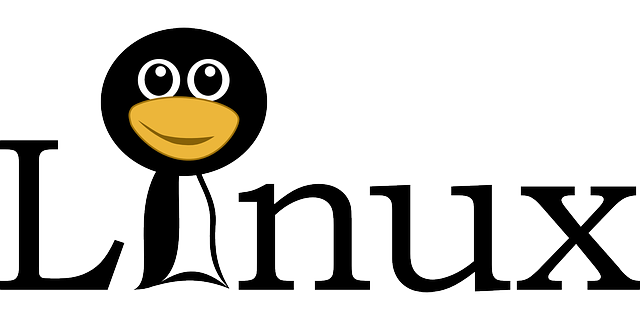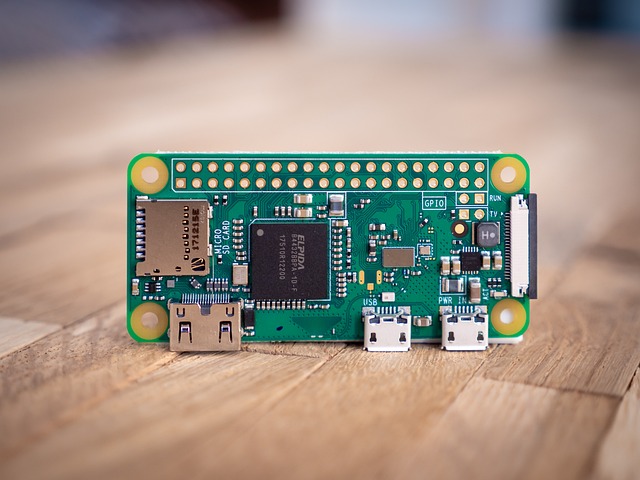ALT Linux is an advanced operating system that excels in providing a robust multi-user environment for teams to collaborate efficiently. It features a clear and intuitive interface that distinguishes between shared and personal spaces, enhancing user navigation and productivity. The platform supports real-time collaboration through shared document editing, synchronous task management, and integrated communication channels without compromising on system performance. It allows for account setup and permission management with commands like 'useradd' and 'groupadd', ensuring secure remote access via SSH and the integration of tools like Git for version control. ALT Linux's strong package management system makes it easy to install and maintain collaborative tools, thereby improving synchronization, resource sharing, and productivity. Its application across sectors such as software development and education demonstrates its ability to optimize workflows, elevate real-time coding collaboration, and create secure virtual learning environments. Organizations looking to enhance teamwork and efficient workflow management should consider adopting ALT Linux for its stability, security, and significant role in boosting collaborative productivity and operational efficiency.
Dive into the collaborative capabilities of ALT Linux, a platform designed with multi-user support at its core. This article explores how this feature not only enhances team dynamics but also optimizes collaboration. We will delve into the intricacies of ALT Linux’s environment, offering insights through best practices and advanced configuration tips to maximize efficiency. Furthermore, we will examine real-world case studies that showcase the tangible benefits of multi-user support for heightened productivity and performance within teams utilizing ALT Linux.
- Enhancing Team Dynamics: A Closer Look at Multi-user Support Features in ALT Linux for Streamlined Collaboration
- Leveraging ALT Linux's Multi-user Environment: Best Practices and Advanced Configuration Tips for Effective Collaboration
- Case Studies: Real-World Applications of Multi-user Support in ALT Linux for Enhanced Team Productivity and Performance
Enhancing Team Dynamics: A Closer Look at Multi-user Support Features in ALT Linux for Streamlined Collaboration

ALT Linux stands at the forefront of fostering collaborative environments with its robust multi-user support features. These features are meticulously designed to enhance team dynamics by providing a seamless and efficient platform for multiple users to work together on various tasks. The system’s ability to handle concurrent user sessions without compromise allows for real-time communication and data sharing, which is pivotal for projects requiring simultaneous input from different team members. The multi-user support in ALT Linux is not just a mere replication of single-user capabilities; it is an intricate system that offers tools tailored for collaboration, such as shared document editing, synchronous task management, and integrated communication channels. This ensures that each collaborator’s contributions are harmonized towards the collective goal, thereby streamlining the workflow and optimizing productivity within teams.
The user interface of ALT Linux is thoughtfully crafted to accommodate multiple users without overwhelming them with complexity. It provides a clear distinction between shared resources and individual spaces, allowing users to navigate their collaborative tasks effortlessly. The platform’s intuitive design and responsive performance mean that team members can engage in joint problem-solving, brainstorming sessions, or project management tasks without technical hurdles impeding their progress. With ALT Linux’s multi-user support, the focus remains on the collaborative process, not on the technology underpinning it, ensuring that teams can harness the full potential of their collective expertise and creativity.
Leveraging ALT Linux's Multi-user Environment: Best Practices and Advanced Configuration Tips for Effective Collaboration

ALT Linux’s multi-user environment is a robust feature that facilitates collaboration among users, enabling them to work concurrently on shared tasks. To maximize the benefits of this feature for effective teamwork, it is crucial to implement best practices during setup and configuration. Initializing user accounts with clear permissions helps define roles and responsibilities within the system, ensuring a structured approach to collaborative efforts. It’s advisable to utilize the ‘useradd’ command to create new users and manage their privileges appropriately. Additionally, setting up group permissions using commands like ‘groupadd’ and ‘usermod’ can streamline access to shared resources and directories.
Advanced configuration for ALT Linux’s multi-user setup involves fine-tuning system settings to accommodate collaborative workflows. This includes configuring network services such as SSH for secure remote access, setting up version control systems like Git for code collaboration, and integrating communication tools like instant messaging or video conferencing platforms that can be accessed directly from the desktop environment. Utilizing ALT Linux’s package management system, it’s straightforward to install and maintain these collaborative tools. By adhering to these advanced configuration tips, teams can synchronize their work more effectively, share resources efficiently, and enhance overall productivity within the ALT Linux ecosystem.
Case Studies: Real-World Applications of Multi-user Support in ALT Linux for Enhanced Team Productivity and Performance

ALT Linux has consistently demonstrated its commitment to fostering collaboration and enhancing team productivity through its robust multi-user support system. This is evidenced by several case studies where ALT Linux has been instrumental in streamlining workflows for teams across various industries. For instance, a software development team leveraged ALT Linux’s collaborative tools to simultaneously work on complex projects, enabling real-time sharing of code repositories and seamless communication. The platform’s ability to support multiple users on the same system without compromising performance meant that the team could maintain high productivity levels, despite the increased load. Similarly, an educational institution utilized ALT Linux to create a virtual learning environment where students and educators could engage in interactive sessions, share resources, and collaborate on academic projects. The multi-user support feature of ALT Linux facilitated this by providing a stable and secure platform for concurrent access, thereby enhancing the overall learning experience and performance of the institution’s IT infrastructure. These case studies underscore the practical benefits of integrating ALT Linux into collaborative environments, where its capabilities significantly contribute to improved team productivity and operational efficiency.
In conclusion, the integration of multi-user support within ALT Linux emerges as a pivotal feature that significantly amplifies team dynamics and productivity. By exploring the nuances of these features, examining best practices for configuration, and analyzing real-world applications through case studies, it becomes evident that ALT Linux equips teams with robust tools to foster collaboration. The insights presented underscore the platform’s capacity to support concurrent users seamlessly, thereby enhancing teamwork across diverse projects. For organizations seeking to optimize their collaborative efforts and capitalize on open-source solutions, ALT Linux stands out as a reliable choice, offering versatile and efficient multi-user environments tailored for enhanced performance.


























